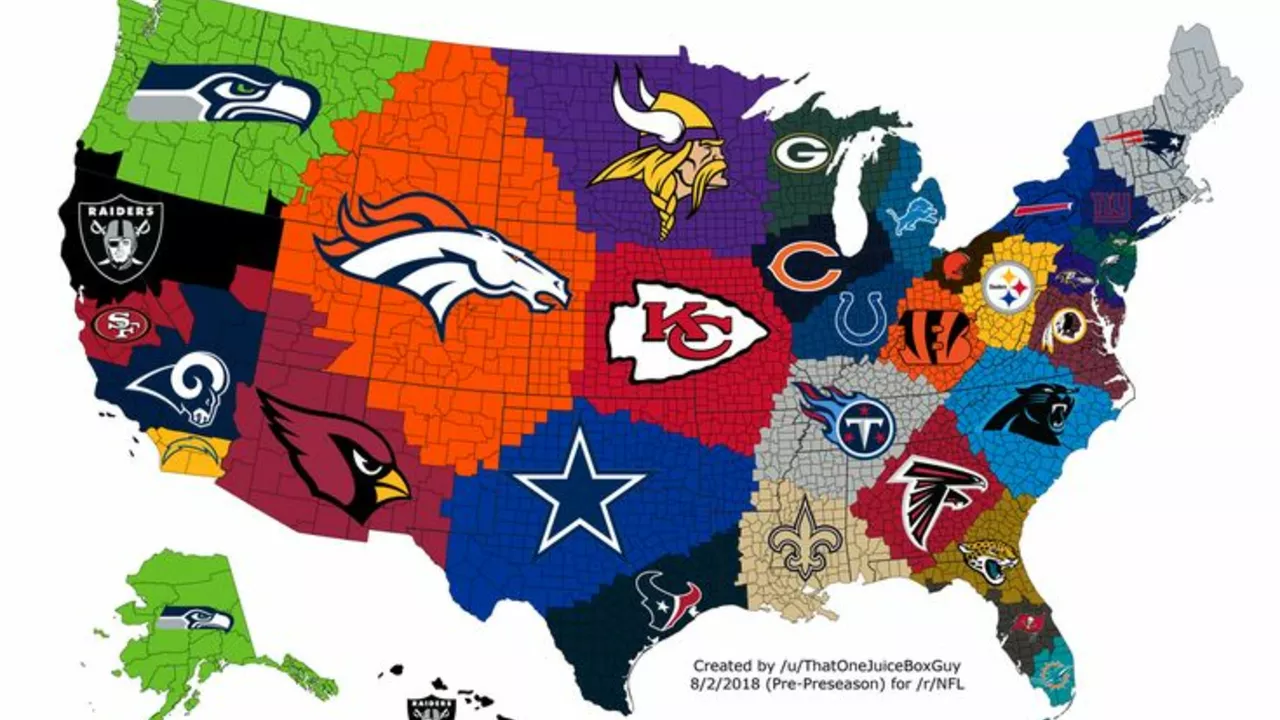Practice Locations: The Heartbeat of Every Sports Team
When talking about practice locations, the venues where athletes train, rehearse tactics, and sometimes host matches. Also known as training sites, they are essential for any sports club looking to stay competitive.
Practice locations come in many shapes. A stadium, for example, often doubles as a matchday arena and a high‑tech training ground. The training ground is usually a dedicated field with gym facilities, video analysis rooms, and medical bays. Both entities require careful scheduling, quality surfaces, and access to coaching staff. In short, practice locations encompass stadiums, training grounds, and community fields, creating the infrastructure that fuels performance.
Why Practice Locations Matter for Fans and Players
Every time you see a team rehearse a set‑piece at the Emirates Stadium or run drills on the grass at BMO Field, you’re witnessing the link between a venue and a club’s identity. Clubs use these spots to build chemistry, test strategies, and recover from injuries. Fans benefit too—when a club invests in a top‑class training ground, the on‑field product improves, leading to more exciting games at the home stadium. This cause‑and‑effect chain shows how practice locations influence both player development and fan experience.
Geography also plays a role. A coastal city might favor a turf field that drains quickly, while a northern club could favor an indoor arena to combat harsh weather. These environmental factors shape the kind of equipment, surface maintenance, and even the style of play a team adopts. The relationship between location climate and training method is a classic example of how practice sites require clubs to adapt resources for optimal performance.
Our collection of posts reflects this diversity. From the high‑stakes Premier League clash at the Emirates Stadium to the MLS draw at BMO Field, each article showcases a different facet of how venues affect outcomes. One piece even dives into the security considerations behind banning half‑and‑half scarves at the London Stadium, highlighting how a venue’s policies can ripple into fan culture.
Beyond elite arenas, community fields and local gyms also count as practice locations. They host youth leagues, weekend pick‑up games, and rehab sessions for injured pros. The accessibility of these grassroots sites helps clubs scout talent and maintain a pipeline of future stars. In turn, the success of major clubs often feeds back into funding upgrades for these smaller venues, completing a virtuous cycle.
When you explore the articles below, expect to see practical insights: match previews that mention the home ground’s impact, analyses of how stadium policies shape fan behavior, and deep dives into the logistics of managing multiple training sites. Whether you’re a fan curious about the next game’s backdrop or a coach looking for venue‑management tips, the stories here tie directly back to the core idea that practice locations are the engine behind every victory.
Ready to see how stadiums, training grounds, and clubs interact across different leagues and sports? Scroll down for a curated mix of match previews, policy debates, and behind‑the‑scenes looks at the places where athletes sharpen their skills.
Why do NFL teams practice at different locations?
In my recent exploration of NFL dynamics, I've found that teams often practice at various locations, and there are a few reasons for this strategy. Firstly, different terrains and climates can mimic the conditions teams might face during games, allowing them to better prepare. Secondly, it's also beneficial for team bonding, creating a camp-like atmosphere away from home. Additionally, it's a great way to engage with different fan bases, bringing the team closer to their supporters. Lastly, varying the practice location can also keep routines fresh, preventing monotony and boosting players' mental well-being.



